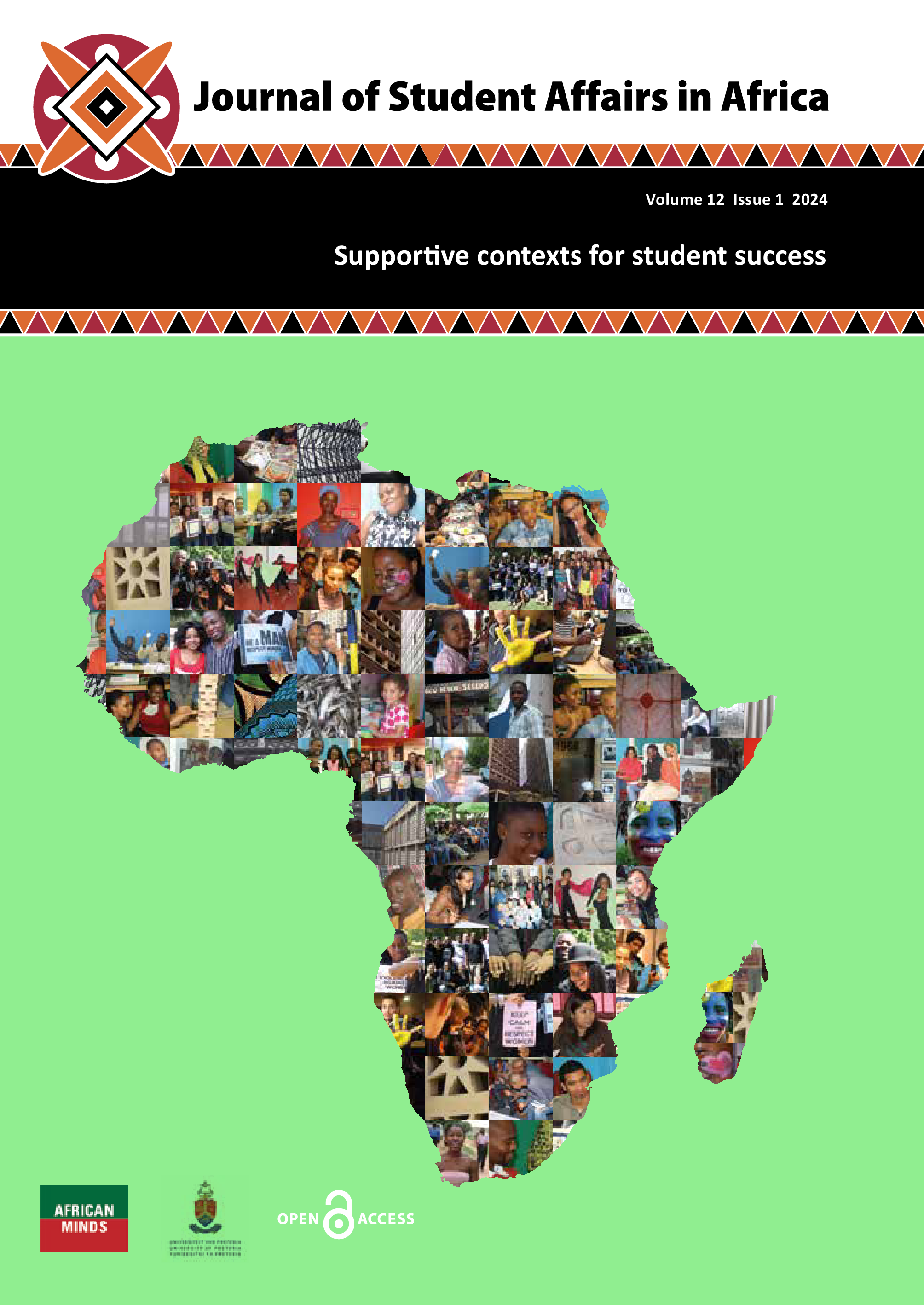Hauntological engagements: Visual redress at Stellenbosch University
DOI:
https://doi.org/10.24085/jsaa.v12i1.4868Keywords:
Hauntology, space, visual redress, Stellenbosch University, South AfricaAbstract
This article asks the central question of how to practically engage in the ongoing production of space at Stellenbosch University (SU) as to reimagine and redefine spaces. Spaces, which affect people indirectly and subconsciously, can act as microaggressions on one hand and places of safety connected to identity on the other. The Visual Redress (VR) project at SU focuses on removing or replacing contentious visual elements on campus and facilitating engagements to alter experiences of
places and spaces. The VR project is not only interested in physically transforming the space, but also in facilitating critical dialogue and physical interventions to engage in spatial memory and emotional remembrance. In this article Hauntology is used as a methodology to remember and reflect on visual elements on the Stellenbosch campus of SU and how the memory of the past and the dead in the form of visual elements still haunts the present. These hauntological engagements include crucial interactions with students, lecturers, and the various publics of the university. In this article the researchers will provide an overview of VR at SU and show and discuss the processes of three specific VR projects that were implemented at SU to illustrate the importance of hauntological engagements with the aim of reconstructing spaces.
Downloads
Published
Issue
Section
License
Copyright (c) 2024 Elmarie Costandius, Gera de Villiers, Leslie van Rooi

This work is licensed under a Creative Commons Attribution-NonCommercial-ShareAlike 4.0 International License.
Authors who publish with this journal agree to the following terms:
Authors retain copyright and grant the journal right of first publication with the work simultaneously licensed under the Creative Commons Attribution Share-alike 4.0 International License that allows others to share the work with an acknowledgement of the work's authorship and initial publication in this journal.
Authors are able to enter into separate, additional contractual arrangements for the non-exclusive distribution of the journal's published version of the work (e.g., post it to an institutional repository or publish it in a book), with an acknowledgement of its initial publication in this journal.
Authors are permitted and encouraged to post their work online (e.g., in institutional repositories or on their website) prior to and during the submission process, as it can lead to productive exchanges, as well as earlier and greater citation of published work (See: The Effect of Open Access).


